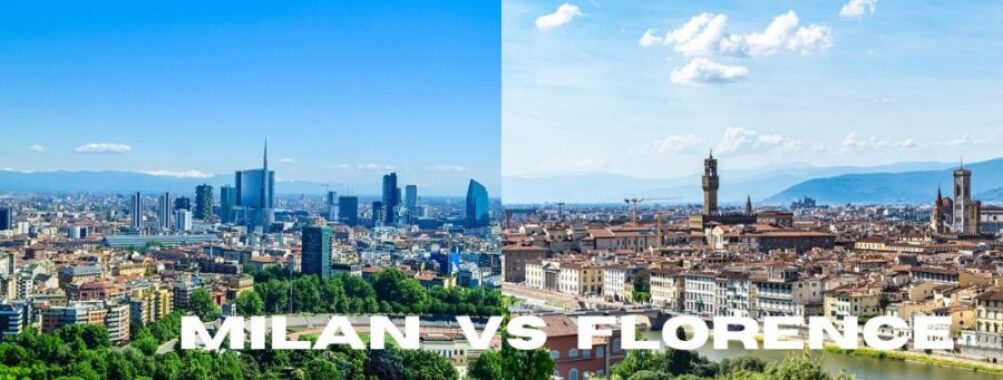
Milan vs Florence: The Ultimate Battle of Italy’s Most Beautiful Cities in 2025
Italy beckons travelers with two incredible cities that couldn’t be more different. Milan stands tall as a modern metropolis and global fashion capital, while Florence captivates visitors with its Renaissance art and small-city charm. For most tourists seeking classic Italian culture, art, and history, Florence is the better choice, offering a more relaxed pace and walkable historic center filled with museums, churches, and authentic Tuscan experiences.
Choosing between these iconic destinations comes down to personal travel style and interests. Milan attracts those drawn to high-end shopping, contemporary design, and big city energy. The bustling streets buzz with fashionable locals rushing between modern galleries and upscale boutiques. Florence moves at a gentler rhythm, with cobblestone lanes leading to world-famous galleries like the Uffizi and stunning viewpoints of the red-tiled skyline.
Table of Contents
- Historical Significance and Heritage
- Exploring Renaissance Impact
- Milan’s Historical Rise
- Florence: Cradle of the Renaissance
- Architectural and Museum Highlights
- Milan’s Gothic Revival
- Florence’s Architectural Journey
- Museums on Display
- Key Cultural and Fashion Landmarks
- Fashion Weeks and Designer Boutiques
- Cultural Experiences in Milan and Florence
- Dining and Cuisine Comparison
- Milan’s Culinary Delights
- Florentine Cuisine Traditions
- Leisure and Entertainment Options
- Nightlife and Social Scenes
- Arts and Performances
- Shopping and Markets
- Milan’s Fashion Boutiques
- Florentine Artisanal Crafts
- Excursions and Day Trips
- Discovering Lombardy from Milan
- Tuscan Adventures from Florence
- Accommodation and Transport
- Stays for Every Budget
- Navigating Italian Cities
- Frequently Asked Questions
- What are the top attractions to visit when choosing between Milan and Florence?
- Which city offers a better experience for art lovers, Milan or Florence?
- How do the shopping experiences differ between Milan and Florence?
- Can you compare the living costs and quality of life in Milan versus Florence?
- What are the advantages of studying abroad in either Milan or Florence?
- Between Milan and Florence, which city is recommended for a short travel itinerary?
- Book Your Dream Experience
- More Travel Guides
Historical Significance and Heritage
Milan and Florence stand as living museums, each offering distinct historical legacies that shaped Italian culture and European history. These two cities played crucial roles during different periods, leaving behind remarkable architectural treasures and artistic achievements.
Exploring Renaissance Impact
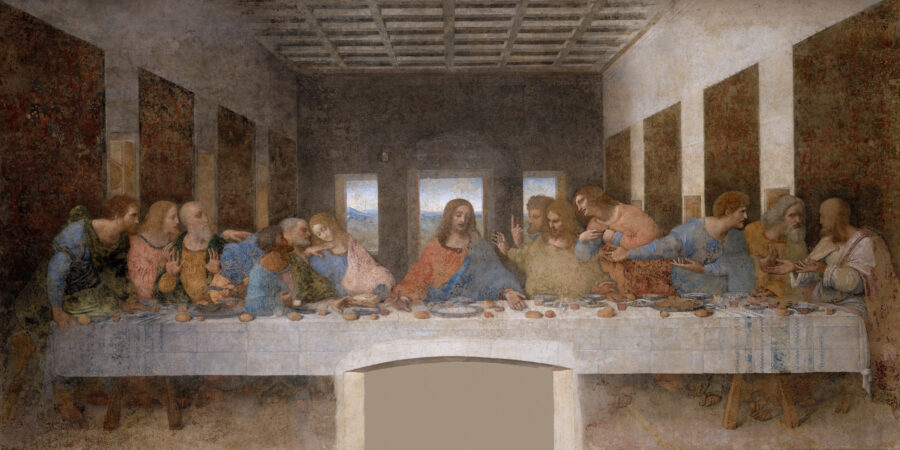
Both cities left deep marks on Renaissance art and culture. Florence sparked the movement in the 14th century, while Milan’s influence grew under the powerful Sforza family. The cities often competed for talented artists and architects.
Leonardo da Vinci split his time between these cultural powerhouses. In Florence, he created masterpieces at the Uffizi. In Milan, he painted The Last Supper and designed innovative defense systems for the city.
The architectural marvels of both cities reflect their Renaissance glory. Milan’s Duomo took nearly six centuries to complete, showcasing Gothic and Renaissance styles. Florence Cathedral‘s massive dome by Brunelleschi remains an engineering marvel.
Milan’s Historical Rise
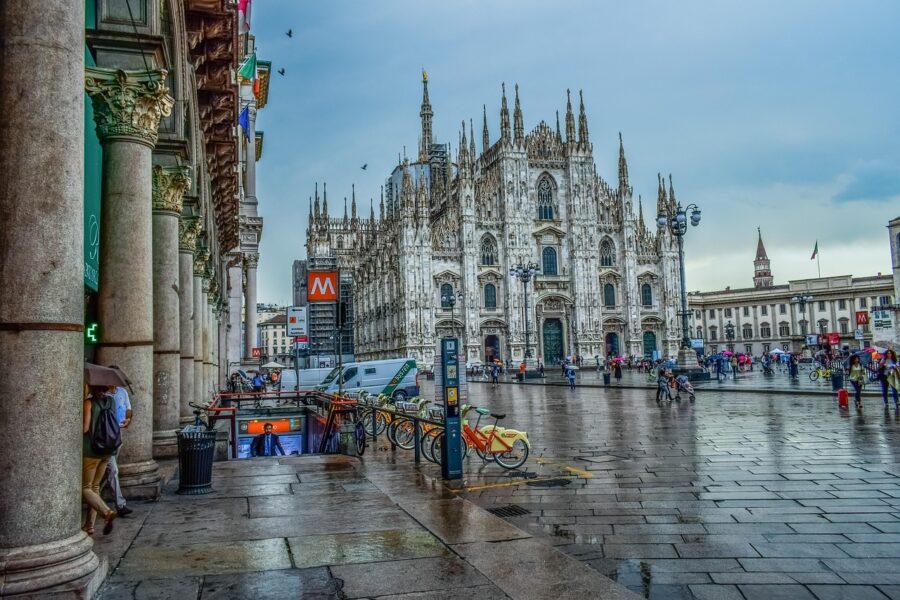
Milan grew from Roman origins into a medieval powerhouse. The city served as a major religious center when Saint Ambrose became bishop in the 4th century. His basilica still stands as a testament to Milan’s early Christian heritage.
During the Middle Ages, Milan emerged as one of Europe’s wealthiest cities. Its strategic location made it a trade hub between Italy and northern Europe. The Visconti and Sforza families turned Milan into a cultural center through their patronage.
The city’s Piazza del Duomo became the heart of civic life. This grand square hosted markets, celebrations, and political gatherings that shaped Milan’s identity.
Florence: Cradle of the Renaissance
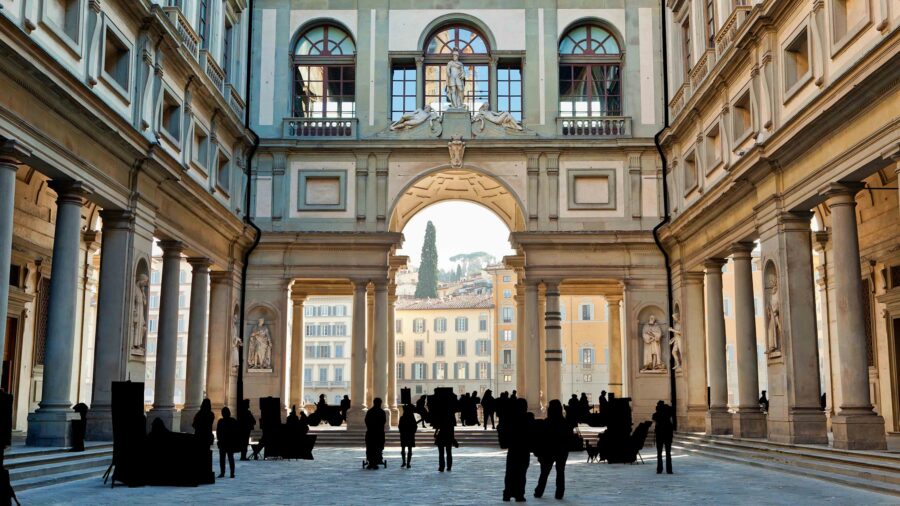
Florence’s golden age began in the 14th century under Medici family rule. Their patronage attracted artists like Michelangelo, who created his famous David statue here. The city became a magnet for scholars, artists, and architects.
The historic center earned UNESCO World Heritage status for its incredible concentration of art and architecture. The Uffizi Gallery houses the world’s finest collection of Renaissance paintings.
Florence’s wealthy merchant families funded stunning palaces and churches. Their competitive spirit led to increasingly grand building projects, giving the city its distinctive skyline of towers and domes.
The city’s influence spread through banking, trade, and artistic innovation. Florence invented new painting techniques, revived classical learning, and developed modern banking practices.
Architectural and Museum Highlights
Both Milan and Florence showcase Italy’s most breathtaking architectural masterpieces and world-famous museums, each with their own distinct artistic heritage and cultural significance.
Milan’s Gothic Revival
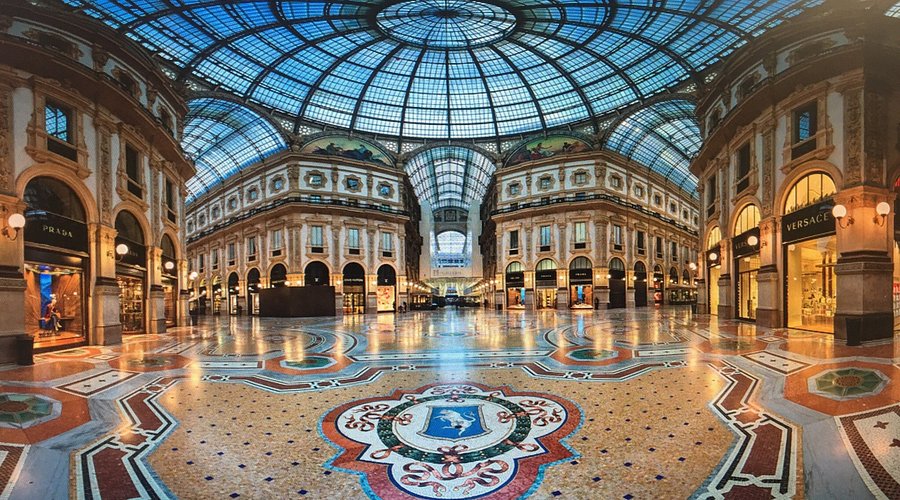
The Milan Cathedral (Duomo di Milano) stands as Europe’s largest Gothic cathedral, with its white marble facade and 135 spires piercing the sky. Its construction took nearly six centuries to complete.
The stunning Galleria Vittorio Emanuele II connects the Duomo to La Scala opera house. This 19th-century shopping arcade features a glass-vaulted ceiling and mosaic floors that tell stories of Italian history.
Sforza Castle represents Milan’s medieval past with its imposing red brick walls. Originally built in the 14th century, it now houses several museums and Leonardo da Vinci’s last fresco in the Sala delle Asse.
The Last Supper, da Vinci’s famous mural, adorns the dining hall of Santa Maria delle Grazie church. Visitors must book tickets months in advance to see this masterpiece.
Florence’s Architectural Journey
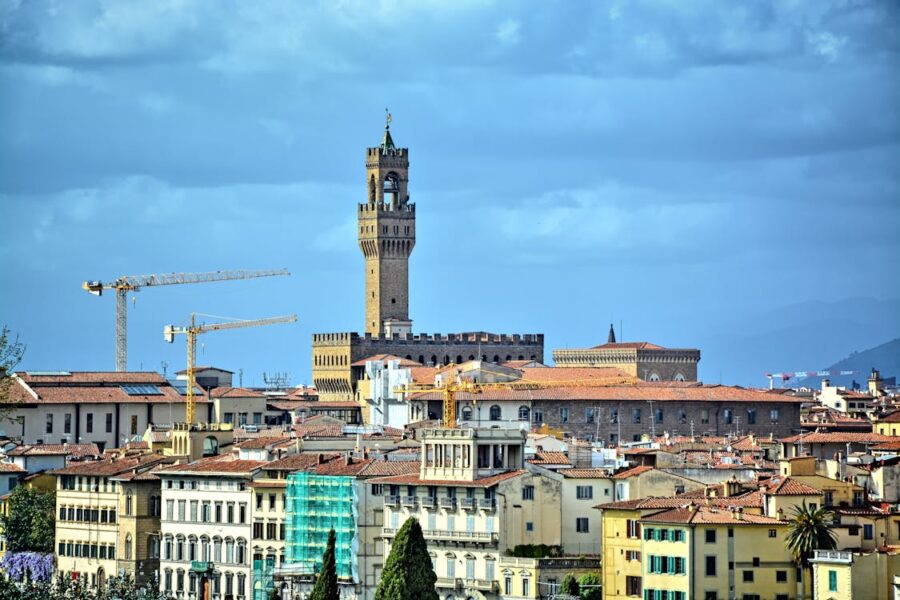
The Florence Cathedral (Duomo) dominates the cityscape with Brunelleschi’s revolutionary dome – an engineering marvel that changed Renaissance architecture. Its green and pink marble facade creates a unique visual identity.
The Palazzo Vecchio serves as both town hall and museum. Its crenellated tower and fortress-like design reflect Florence’s medieval power.
The Ponte Vecchio, Florence’s oldest bridge, spans the Arno River. Built in 1345, this medieval bridge still houses jewelry shops along its edges, just as it did centuries ago.
The Palazzo Pitti stands as the largest palace complex in Florence. Its vast gardens and museums showcase Medici family wealth and power.
Museums on Display
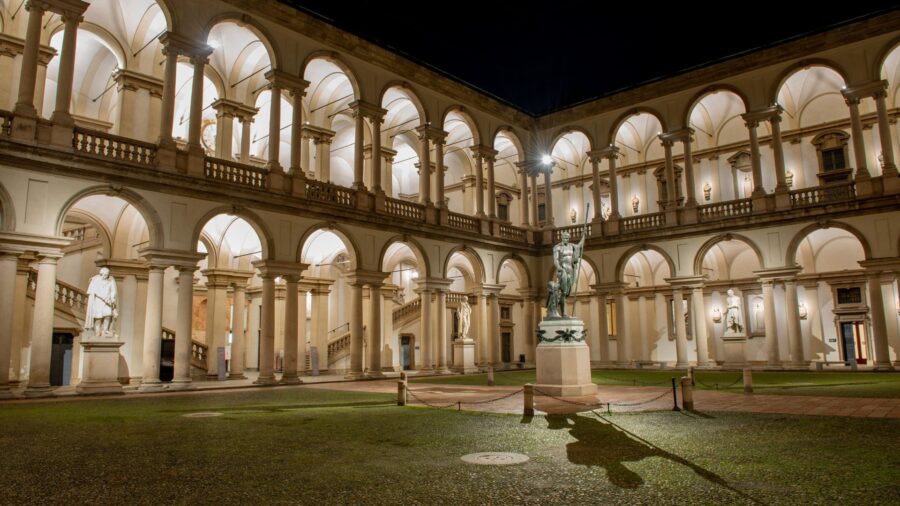
Milan’s Pinacoteca di Brera displays masterpieces from northern Italy. The museum’s collection includes works by Caravaggio and Raphael in an elegant palace setting.
In Florence, the Uffizi Gallery ranks among the world’s finest art museums. Its corridors hold Botticelli’s Birth of Venus and countless Renaissance treasures.
The Galleria dell’Accademia houses Michelangelo’s David, drawing millions of visitors each year. The museum also features an impressive collection of Gothic and Renaissance paintings.
The Bargello Museum occupies Florence’s oldest public building. Its sculpture collection includes early works by Michelangelo and Donatello.
Key Cultural and Fashion Landmarks
Milan and Florence showcase distinct fashion scenes and cultural attractions that make each city unique. Milan dazzles with modern luxury boutiques and fashion events, while Florence captivates with Renaissance masterpieces and artistic heritage.
Fashion Weeks and Designer Boutiques
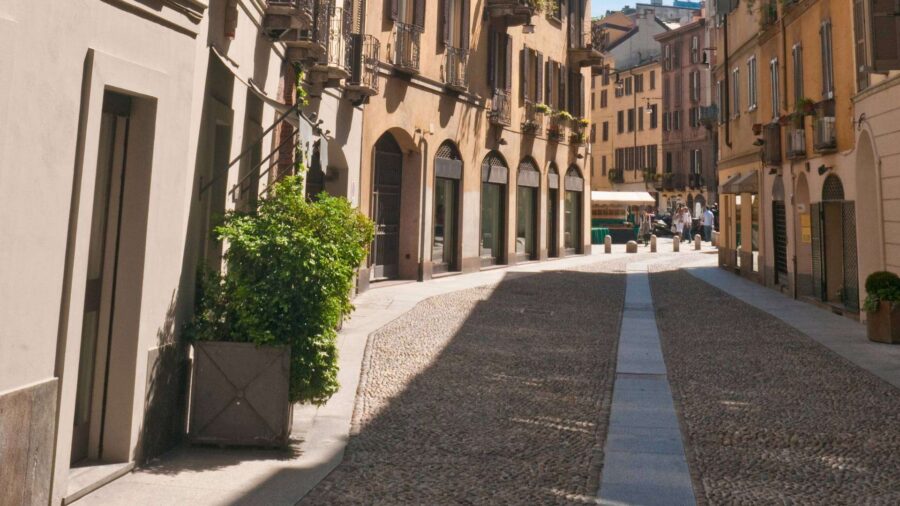
Milan’s Fashion Week stands out as one of the world’s top fashion events. The city comes alive with runway shows, designer presentations, and industry events that draw fashion lovers from across the globe.
The Quadrilatero della Moda district houses legendary fashion houses like Prada, Gucci, and Versace. The stunning Galleria Vittorio Emanuele II arcade features high-end shops under a gorgeous glass dome.
Florence takes a more artisanal approach to fashion. The city’s leather markets and boutiques offer handcrafted bags, shoes, and accessories. Local designers blend traditional craftsmanship with modern style.
Cultural Experiences in Milan and Florence
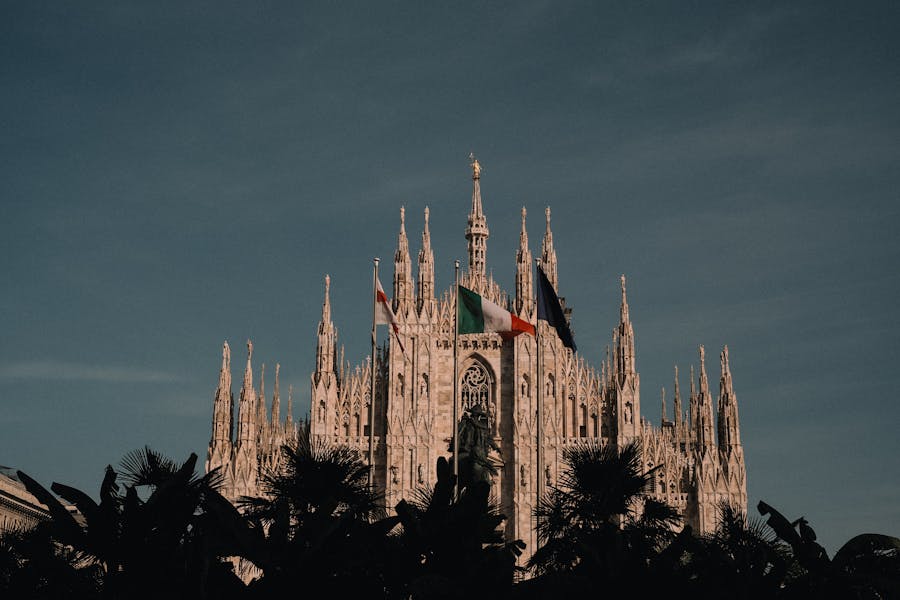
Florence’s art scene centers on Renaissance treasures. The Uffizi Gallery displays works by Botticelli and da Vinci. Streets lined with palaces and churches showcase stunning architecture from the 1400s and 1500s.
The Duomo cathedral stands as Florence’s most iconic landmark. Its massive dome and detailed marble facade attract millions of visitors each year.
Milan mixes historic and modern culture. The Gothic Milan Cathedral sits near contemporary art galleries and design studios. Teatro alla Scala opera house offers world-class performances in a historic setting.
The Brera district combines art galleries, fashion boutiques, and trendy cafes. This area shows how Milan blends cultural heritage with modern creative energy.
Dining and Cuisine Comparison
The food scenes in Milan and Florence represent distinct regional Italian cooking traditions, with each city offering unique flavors and dining customs that reflect their cultural heritage.
Milan’s Culinary Delights
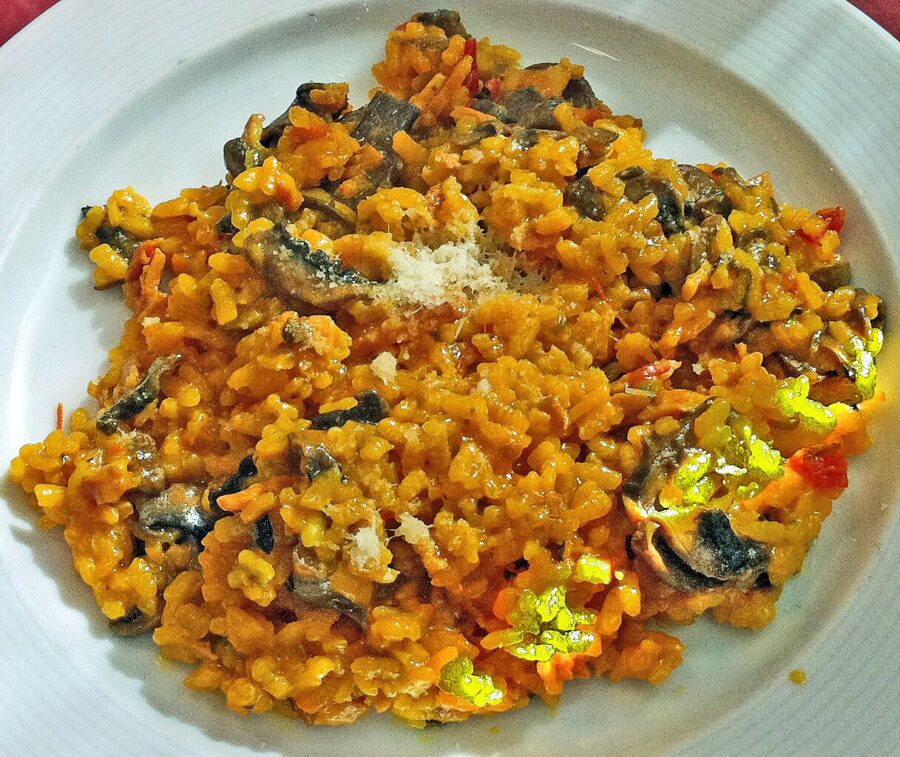
Risotto alla Milanese stands as Milan’s signature dish, featuring saffron-infused rice with a rich, golden color and creamy texture. The city’s restaurants serve this iconic plate alongside other local favorites like crispy Mondeghili meatballs and hearty minestrone Milanese soup.
Milan takes pride in its aperitivo culture, where restaurants and bars offer evening buffets of appetizers with drink purchases. This social dining tradition gives visitors a chance to sample various local specialties while mixing with locals.
The city’s culinary innovation blends traditional recipes with modern cooking techniques. Many restaurants range from casual trattorias to high-end dining spots, perfect for different budgets and occasions.
Florentine Cuisine Traditions
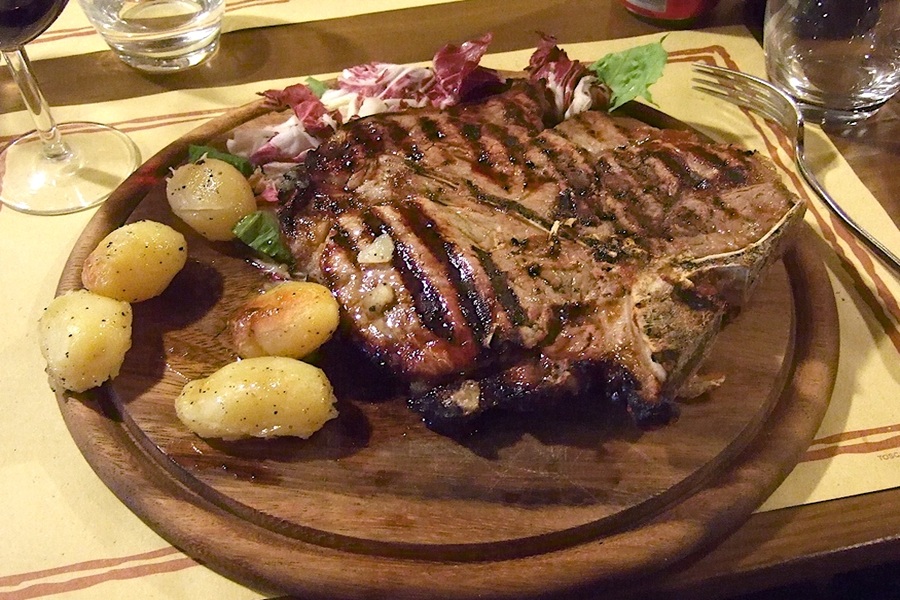
Bistecca alla Fiorentina takes center stage in Florence’s food scene. This massive T-bone steak comes from local Chianina cattle and gets cooked over wood fires with just olive oil and salt. One steak often weighs over 1.5 kg – enough for two or three people to share.
Simple, fresh ingredients define Tuscan cooking. Pappa al Pomodoro, a rustic bread and tomato soup, shows how basic items transform into satisfying meals. Local restaurants often pair these dishes with wines from the nearby Chianti region.
Florence’s dining spots range from family-run osterias to bustling food markets. Many places focus on meat-based dishes, especially wild game like boar, which often appears in pasta dishes.
Leisure and Entertainment Options
Milan and Florence offer distinct entertainment scenes that reflect their unique characters. Milan shines with modern nightlife and high culture, while Florence captivates with Renaissance charm and artistic venues.
Nightlife and Social Scenes
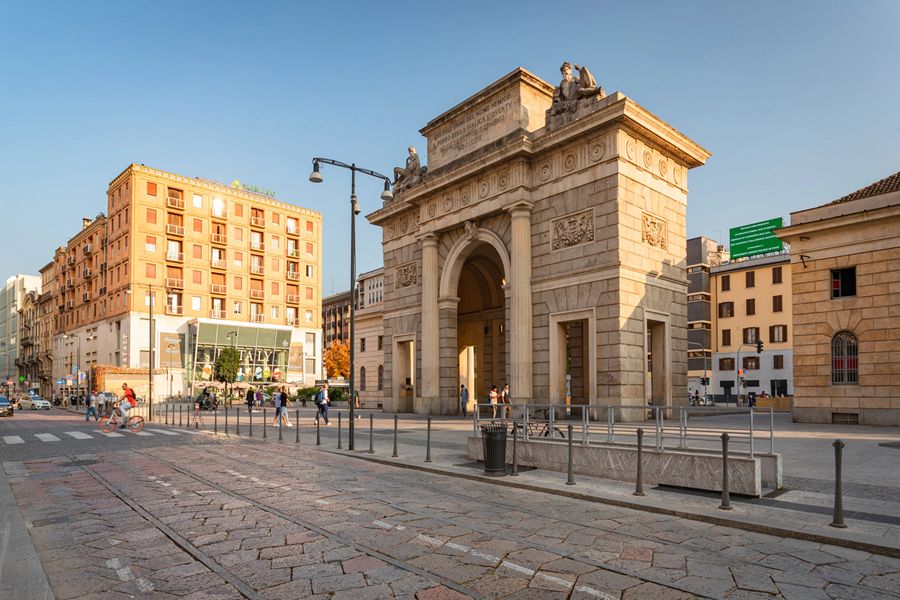
Milan’s nightlife centers around the trendy Navigli district. The canal-lined streets come alive after dark with dozens of bars, clubs, and restaurants. Many spots stay open until 3 AM on weekends.
The area near Corso Como features upscale lounges and luxury hotels where you might spot fashion industry celebrities. Most venues require smart casual dress.
Florence’s nightlife is more laid-back and concentrated in the historic center. Students and locals gather at casual wine bars called enotecas around Santa Croce square.
The best views of Florence’s nighttime skyline appear at Piazzale Michelangelo. Visitors bring wine and snacks to watch the sunset from this hilltop spot.
Arts and Performances
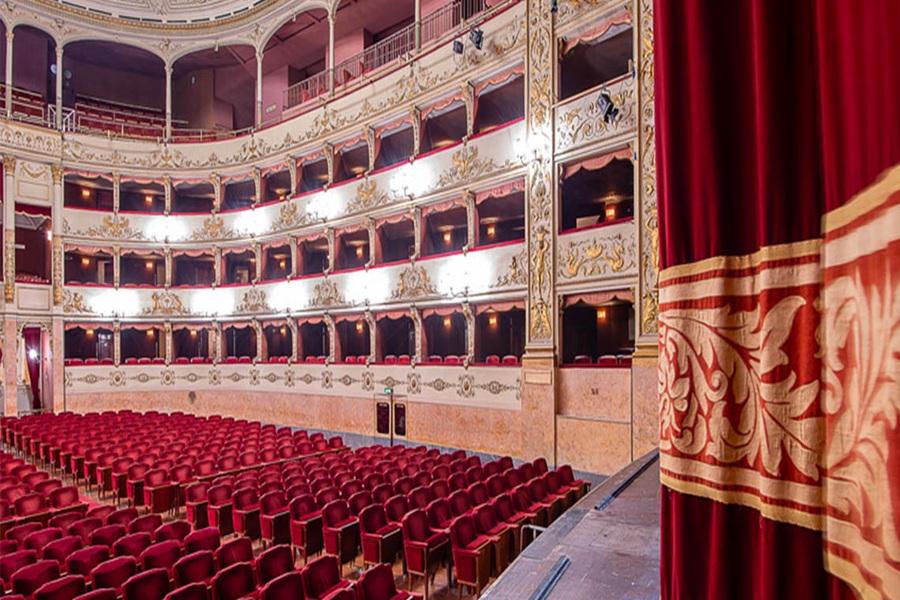
Milan’s Teatro alla Scala leads the world in opera and classical music. This historic venue hosts premieres of major productions throughout the year. Book tickets months ahead for the best shows.
The city’s contemporary art scene thrives in the Brera district. Small galleries showcase emerging artists alongside established names.
Florence emphasizes traditional arts in historic venues. The Teatro della Pergola stages classic Italian plays and operas in an intimate 1600s setting.
Street performers entertain crowds in Piazza della Repubblica most evenings. You’ll find musicians, painters, and artists sharing their talents.
Shopping and Markets
Milan and Florence offer two distinct shopping experiences – Milan shines with high-end fashion, while Florence excels in artisanal crafts and leather goods.
Milan’s Fashion Boutiques
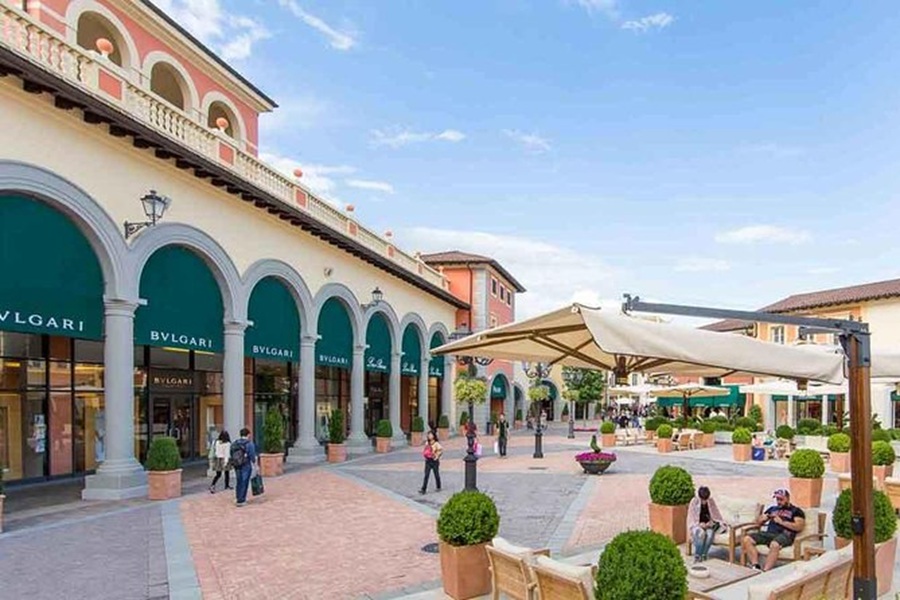
The Quadrilatero della Moda district stands as Milan’s fashion headquarters. This glamorous area houses luxury brands like Prada, Gucci, and Versace along Via Montenapoleone and Via della Spiga.
The historic Galleria Vittorio Emanuele II serves as both a tourist attraction and premium shopping destination. Its glass-domed arcade features flagship stores of top Italian designers and elegant cafes.
Fashion outlets near Milan attract bargain hunters seeking designer items at reduced prices. The most popular is Serravalle Designer Outlet, about an hour from the city center.
Florentine Artisanal Crafts
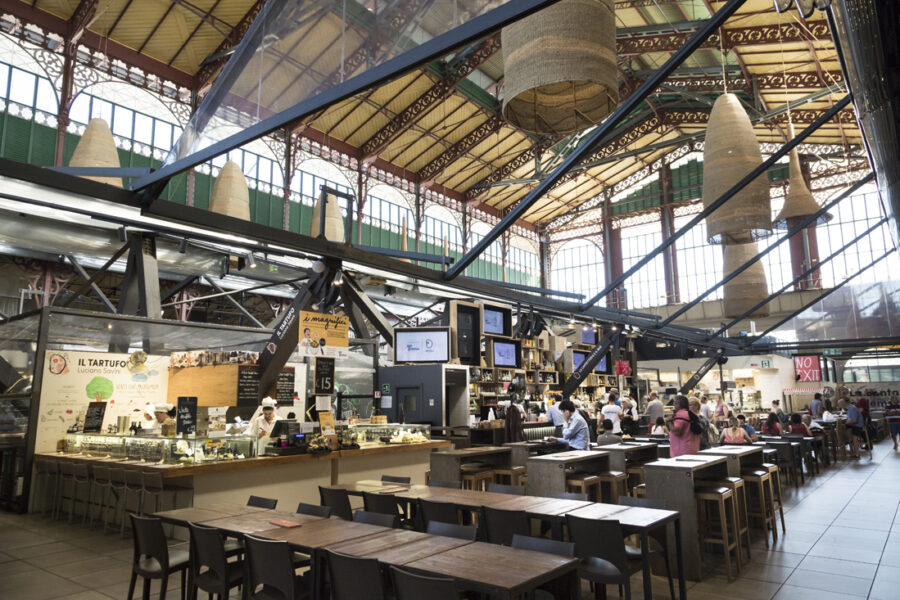
Florence’s San Lorenzo Market specializes in leather goods – from jackets and bags to wallets and shoes. Local artisans craft these items in traditional workshops scattered throughout the city.
The Ponte Vecchio bridge houses historic jewelry shops where skilled goldsmiths create unique pieces. Many of these family-run businesses have operated for generations.
Florence’s vintage and thrift stores offer unique finds at better prices than Milan. The best spots cluster around Via dei Serragli and Santo Spirito neighborhoods.
The Mercato Centrale houses food vendors selling local specialties, while the outdoor sections feature leather goods and souvenirs.
Excursions and Day Trips
Both Milan and Florence serve as perfect bases for exploring some of Italy’s most stunning regions, from medieval towns to pristine lakes and rolling countryside.
Discovering Lombardy from Milan
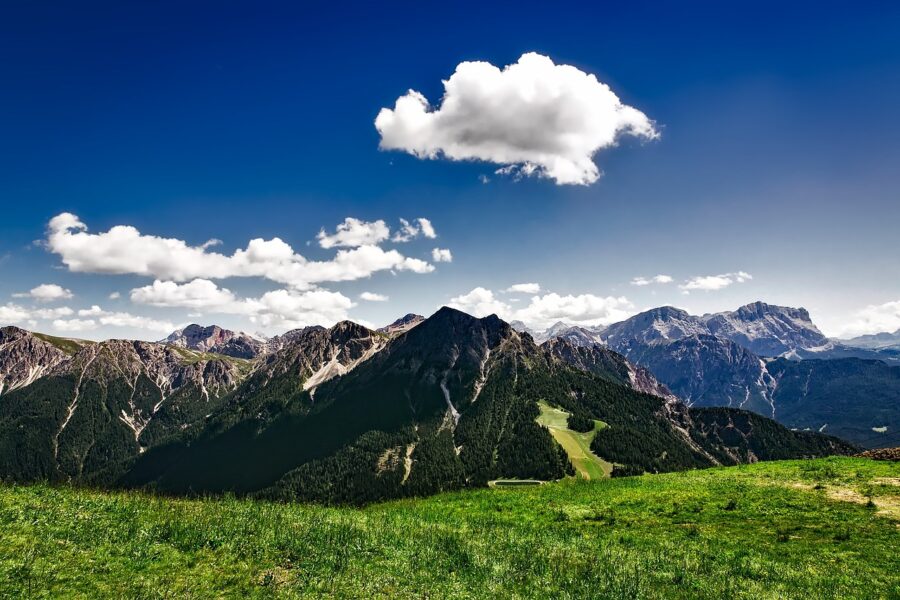
The Italian Alps make amazing trips from Milan in any season. Winter brings perfect skiing conditions, while summer offers hiking and mountain views. Lake Como sits just an hour away by train, with its fancy villas and stunning mountain backdrop.
Small groups can take guided tours to charming towns like Bergamo, with its medieval upper city and amazing local food. The wine region of Franciacorta produces Italy’s best sparkling wines, and many wineries welcome visitors.
Tuscan Adventures from Florence
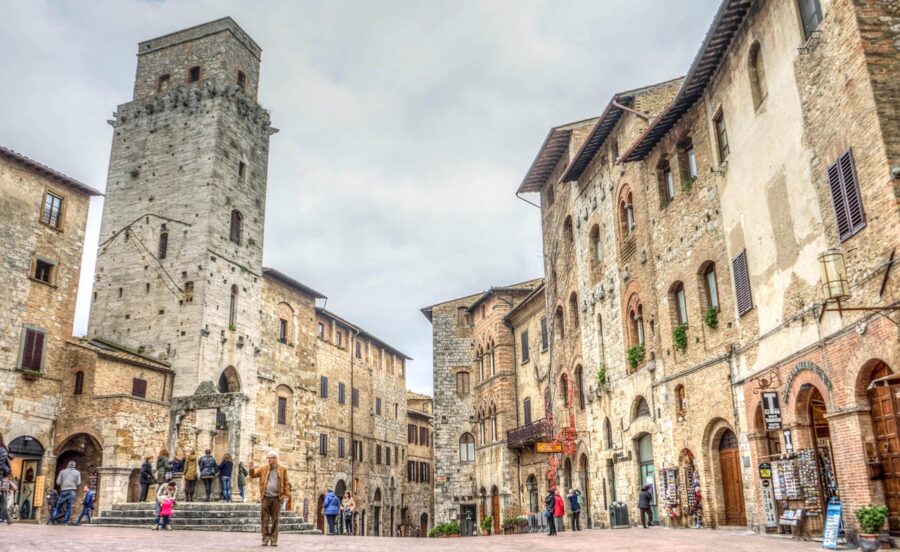
The Tuscan countryside opens up endless possibilities for day trips from Florence. San Gimignano‘s medieval towers and world-famous gelato shops draw visitors year-round. Siena enchants with its shell-shaped main square and twice-yearly horse race.
Pisa sits just an hour away by train. Most people visit the Leaning Tower, but the whole Square of Miracles deserves attention. The walled city of Lucca makes a peaceful escape with its tree-lined walls perfect for cycling.
Small Chianti towns like Greve and Castellina offer wine tastings and cooking classes. These towns give a real taste of Tuscan life away from tourist crowds.
Accommodation and Transport
Both Milan and Florence offer distinct travel experiences when it comes to places to stay and getting around. The costs and options vary between these two iconic Italian cities.
Stays for Every Budget
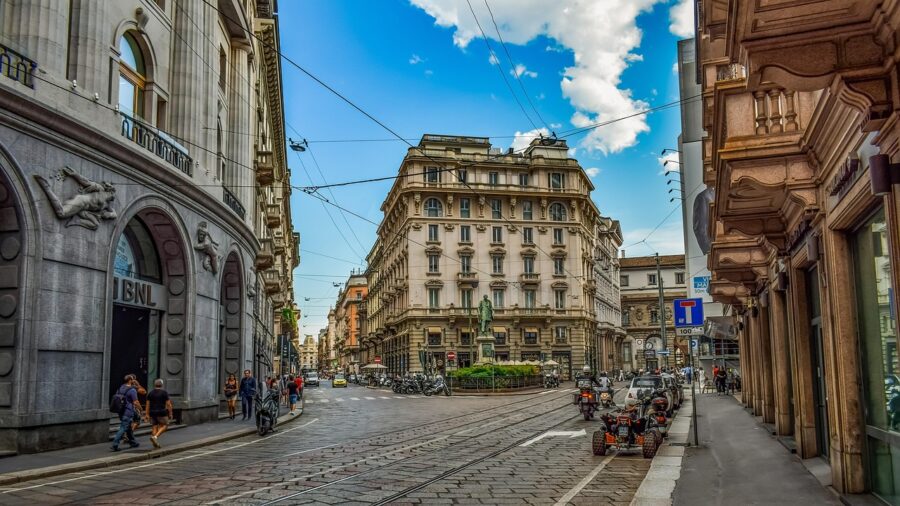
Milan tends to be pricier for accommodations, with apartments averaging €1,200 monthly compared to Florence’s €950. A daily budget in Milan runs about $200, while Florence costs around $150 per day.
Florence has lots of budget-friendly hostels, but booking early is a must. The popular tourist spots near Piazza del Duomo charge premium rates.
Milan offers more variety in lodging choices. The city features luxury hotels near the fashion district and cozy B&Bs in residential areas.
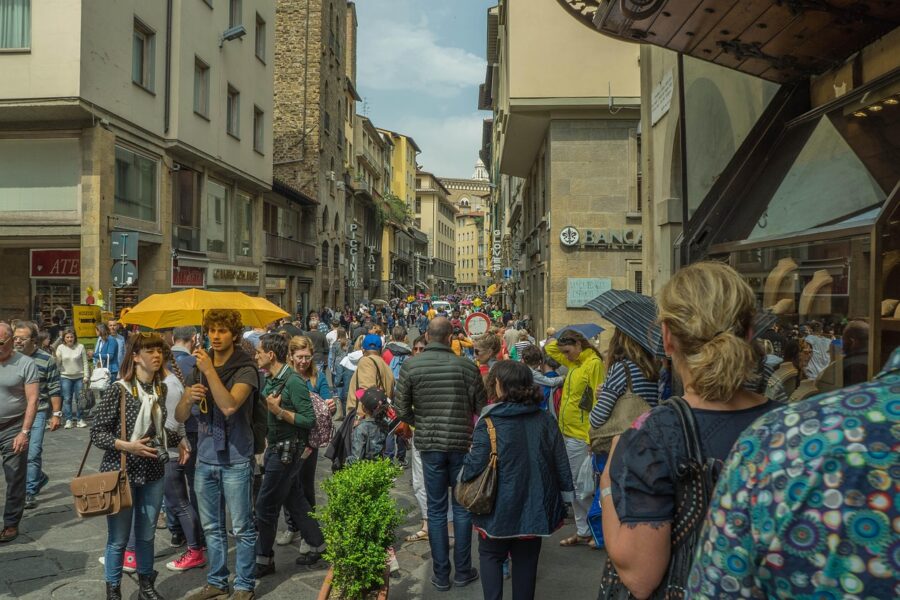
Milan’s metro system stands out as one of Italy’s most efficient. The city has 4 subway lines that connect major attractions and neighborhoods. Buses and trams fill in the gaps.
Florence is smaller and more walkable. Most tourist spots sit within a 20-minute walk of each other. The city runs reliable buses for longer trips.
Both cities link well to other Italian destinations by train. Milan serves as an excellent base for day trips to Lake Como, Verona, and Lake Garda. Florence connects easily to Tuscan hill towns and wine regions.
Street parking proves challenging in both cities. Visitors should stick to public transit or organized tours.
Frequently Asked Questions
Milan and Florence each offer distinct experiences in art, culture, shopping, and lifestyle that attract different types of travelers based on their interests and preferences.
What are the top attractions to visit when choosing between Milan and Florence?
Milan’s most famous landmark is the stunning Gothic Duomo cathedral with its intricate spires and rooftop views. The Galleria Vittorio Emanuele II arcade and Leonardo da Vinci’s Last Supper are must-see spots.
Florence’s Renaissance masterpieces include the iconic Duomo with Brunelleschi’s dome, the Uffizi Gallery, and Michelangelo’s David at the Accademia Gallery. The Ponte Vecchio bridge spans the Arno River.
Which city offers a better experience for art lovers, Milan or Florence?
Florence stands as Italy’s art capital with its vast collection of Renaissance masterpieces. The Uffizi Gallery houses works by Botticelli, da Vinci, and other Italian masters.
Milan’s art scene focuses more on modern and contemporary pieces. The city displays Leonardo da Vinci’s Last Supper and hosts cutting-edge exhibitions at places like the Pirelli HangarBicocca
How do the shopping experiences differ between Milan and Florence?
Milan reigns as Italy’s fashion capital. The Quadrilatero della Moda district features luxury brands like Prada and Gucci, while the Galleria Vittorio Emanuele II houses high-end boutiques.
Florence offers artisanal shopping with leather goods, handmade jewelry, and local crafts. The San Lorenzo Market and boutiques along Via de’ Tornabuoni provide unique shopping experiences.
Can you compare the living costs and quality of life in Milan versus Florence?
Milan tends to be more expensive for daily expenses and dining out. A typical day in Milan costs around $200, including accommodations and activities.
Florence costs less, with daily expenses averaging $150. Both cities see price fluctuations during peak seasons and special events.
What are the advantages of studying abroad in either Milan or Florence?
Milan offers strong programs in fashion, design, and business. The city’s international atmosphere and economic importance create excellent networking opportunities.
Florence provides rich art history and cultural immersion programs. Students benefit from smaller class sizes and a more intimate learning environment in this compact city.
Between Milan and Florence, which city is recommended for a short travel itinerary?
Florence works better for quick trips since its main attractions sit within walking distance. Visitors can see major sites like the Duomo, Uffizi, and Ponte Vecchio in 2-3 days.
Milan needs more time to explore its spread-out attractions. The city suits travelers interested in modern culture, fashion, and design rather than concentrated historical sightseeing.



